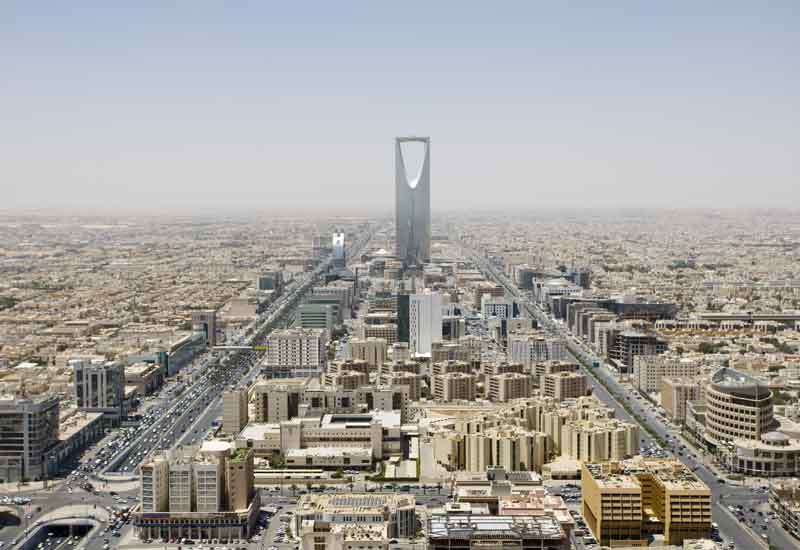Riyadh and Abu Dhabi saw major increases in occupancy in April, according to latest data supplied by STR Global.
The Saudi Arabian city saw occupancy rise by 17 percent to 73.8 percent while hotels in
the UAE capital reported an increase of 15.7 percent to 69.3 percent last month.
However, the Middle East/Africa region saw a near 10 percent drop in hotel occupancy rates, with the performance weighed by declines in North African countries most seriously affected by the Arab Spring.

| Advertisement |
According to STR Global, the region's occupancy fell to 59 percent last month and hotels in North Africa reported a 45 percent drop in revenues.
The region’s average daily rate (ADR) rose 10.8 percent to $176.82, while its revenue per available room (revPAR) ended the month virtually flat at $104.25.
Elizabeth Randall, managing director of STR Global, said: “With the Arab Spring and its consequences still ongoing across parts of Northern Africa and the Middle East, Northern Africa reported a 45 percent revPAR drop, mainly driven by occupancy declines as demand stayed away.
“The Middle East’s overall performance increased in occupancy and average room rate, driven by improvements in the largest two hotel markets of the region — Saudi Arabia and the UAE.”
Cairo, Egypt, dropped 52.1 percent in occupancy to 33 percent, reporting the largest decrease in region, with Muscat, Oman also seeing a significant fall of 20.3 percent to 53.1 percent.
Three markets experienced double-digit ADR decreases, with Abu Dhabi falling 20.3 percent to $164.97, Beirut, Lebanon down 16.8 percent to $195.19 and Cairo falling 12.2 percent to $114.93).
Three Middle East markets achieved revPAR increases of more than 10 percent in April with Riyadh leading the way with a 27.5 percent rise to $210.51.
Dubai's revPAR rose 13.3 percent to $216.67 and Jeddah saw a 13 percent increase to $150.70 while Cairo fell 57.9 percent in revPAR to $37.93.









 Search our database of more than 2,700 industry companies
Search our database of more than 2,700 industry companies









